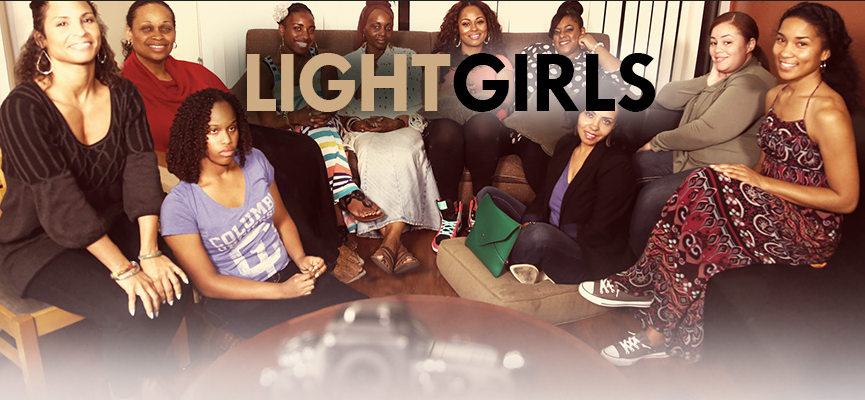
Just in time for Black History Month, the OWN network explores the biases and stereotypes women of color face, often being judged by the color of their skin, in the television premiere of “Light Girls.”
The documentary premiered on the Oprah Winfrey Network (OWN) and is a direct sequel to the 2011 film “Dark Girls.” The release date which coincided with Dr. Martin Luther King Jr.’s birthday, premiered to celebrate both Black History Month and the 50th anniversary of the pilgrimage to Selma, according to the network’s website.
Like its predecessor, “Light Girls” started out documenting the origins of the color hierarchy in the black community, starting from the slavery days of early America, when white slave owners often raped female slaves who later gave birth to light-skinned children. These children were often treated better than the dark-skinned slaves. The movie depicts how light-skinned girls were bullied, isolated and physically threatened by their darker counterparts simply for being lighter.
During the film there were several scenes in which women shared their personal stories of being treated differently because of their lighter skin tone.
Bi-racial, “R&B Divas” star Keke Wyatt mentioned she had a hard time making friends with the black and white kids growing up because she was “too light to be black and too dark to be white.” Former Disney Channel and “Cosby Show” star Raven-Symone talked about excessively tanning to make her skin darker during her time on “That’s So Raven.” She kept at it until she was told to stop by one of the crew members, saying she was getting “too dark” and had to reshoot for relighting purposes.
Another aspect mentioned in the film was that of light-skinned women consistently being asked “what they were” as a way of saying they are not really black. Soledad O’Brien mentioned a time when she walked into a clothing store where a white woman asked her race. O’Brien said she was black but the woman dismissed her and said “black people are thieves” and asked her again.
“There’s a safety in being able to categorize a person,”said actress Tatyana Ali, famous for her role as Ashley on 90’s sitcom “Fresh Prince of Bel-Air.” “You can assign all your preconceived ideas about who this person is, the type of person they are, what kind of behavior you can expect from them, only if they know what you are.”
Actress and comedian Kym Whitley was reminded of a time where she was teased for being light-skinned and in turn ended up making fun of her mother for being so fair-skinned by calling her white.
“Now that we’re talking about it, maybe that is the thing, I’m trying to be too black sometimes” said Whitley.
Other commentators mentioned that some light-skinned women would behave “stereotypically black” to overcompensate for being told they “weren’t black enough,” while others would distance themselves from their black families to pass for white.
Video model, Amber Rose said how frustrating and hurtful it was for her family to miss out on her wedding to rapper Wiz Khalifa because her Creole family believed themselves to be better than dark-skinned black people because they were fair-skinned and didn’t want their children and grandchildren to associate with them. Rose saw the notion as silly, now that the younger generation is more accepting of black culture.
The film presented several issues light skinned women faced, however, there was something the film was missing. The movie focused more on the negativity associated with light-skinned black women yet barely mentioned how they are often treated better by society. The movie was almost a rehash of “Dark Girls” where it only mentioned the downsides of being lighter, how whiteness effects other countries affected by the Western belief that “white is right”, and how light-skinned girls had to suffer for being born light-skinned.
While the film did bring up some often overlooked issues that light skinned African Americans face, it also overlooked some of the privileges they may have. Statistics show only 12 percent of light-skinned African-American women were more likely to go to prison, according to a survey by Villanova University.
The brown paper bag test, a test commonly used in the the early 1900’s among upper class Black American societies as a way of accepting only “elite” (seemingly white) blacks into organizations, showed how being light-skinned makes you seem more desirable in the job market and black families raising their children to believe that if they were only lighter they would be beautiful.
The negatives of being light skinned were the only side being covered while ignoring the advantages. It seemed almost as if the film was sending the message that we’re all black and we all have problems no matter what the shade, without acknowledging how the light-skinned experience as a whole. The divisions that may exist with a racial or gender group.
The movie is still worth a watch though. It’s a chance to see the other side of the spectrum for those that don’t understand the damaging effects of racism within the black community. It gives the audiences a chance to think about how they can stop the cycle.


